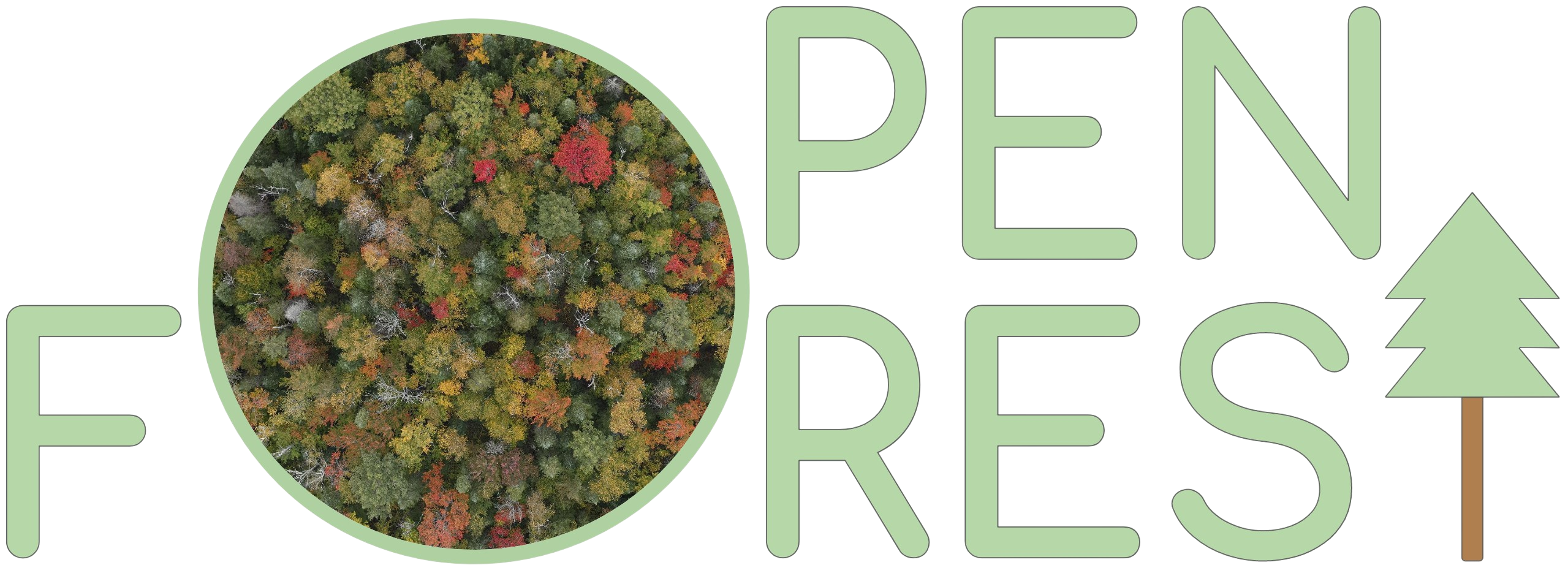OpenForest: A data catalogue for machine learning in forest monitoring
Forests play a crucial role in Earth's system processes and provide a suite of social and economic ecosystem services, but are significantly impacted by human activities, leading to a pronounced disruption of the equilibrium within ecosystems. Advancing forest monitoring worldwide offers advantages in mitigating human impacts and enhancing our comprehension of forest composition, alongside the effects of climate change. While statistical modeling has traditionally found applications in forest biology, recent strides in machine learning and computer vision have reached important milestones using remote sensing data, such as tree species identification, tree crown segmentation and forest biomass assessments. For this, the significance of open access data remains essential in enhancing such data-driven algorithms and methodologies. Here, we provide a comprehensive and extensive overview of 86 open access forest datasets across spatial scales, encompassing inventories, ground-based, aerial-based, satellite-based recordings, and country or world maps. These datasets are grouped in OpenForest, a dynamic catalogue open to contributions that strives to reference all available open access forest datasets. Moreover, in the context of these datasets, we aim to inspire research in machine learning applied to forest biology by establishing connections between contemporary topics, perspectives and challenges inherent in both domains. We hope to encourage collaborations among scientists, fostering the sharing and exploration of diverse datasets through the application of machine learning methods for large-scale forest monitoring. OpenForest is available at https://github.com/RolnickLab/OpenForest .
PDF Abstract